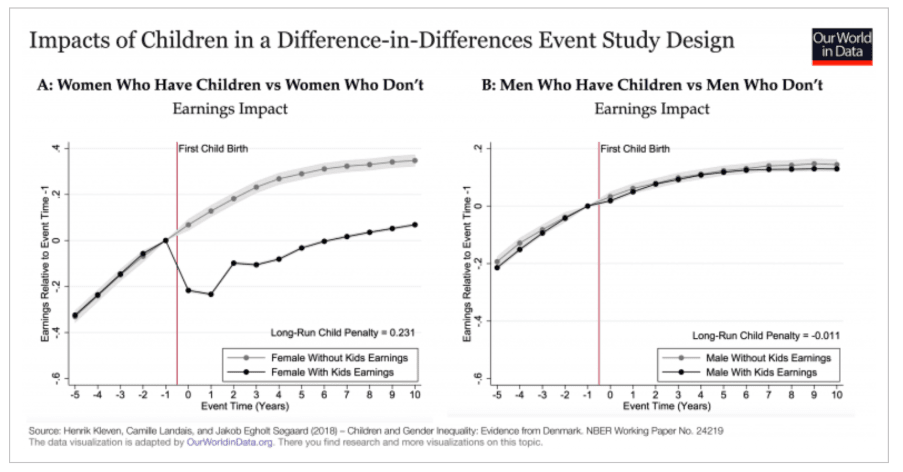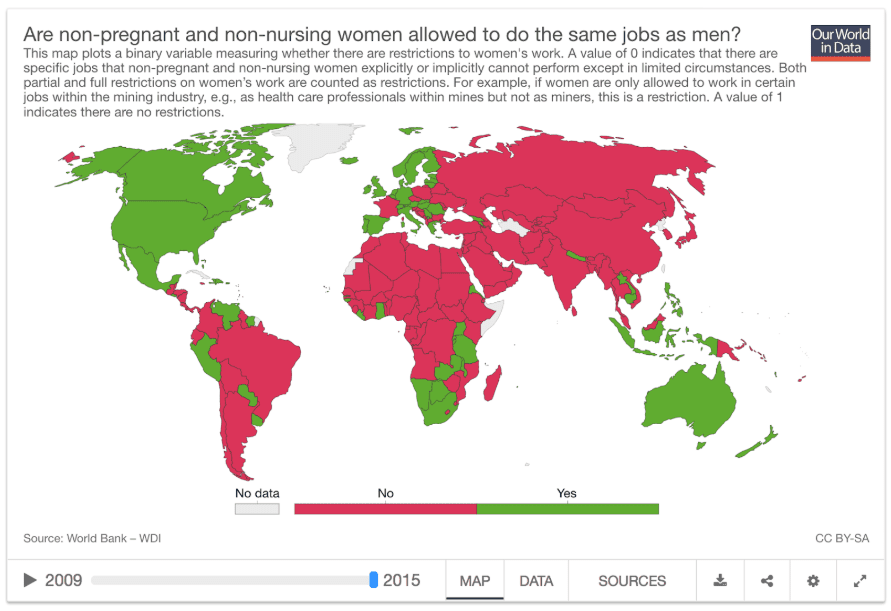[vc_row][vc_column][vc_column_text]
1. People don’t talk

However, this social construct spreads across a lot of the world.
This idea was started by people in power, to ensure that their employees didn’t realise the wage gaps between them and their colleagues; often telling them that discussing wages can result in termination.
Recall the story of Lilly Ledbetter, the inspiration of the Lilly Ledbetter Act, which gives workers a longer period of time to file pay discrimination suits against their employer. Ledbetter was told that she would lose her job if she talked about pay with her coworkers, but after working with Goodyear for almost 30 years, a colleague informed her that she was underpaid.
That is why it is important to discuss your income with your colleagues, especially those doing the same job as you; so you know that you are being paid fairly for doing the same work.
2. Gender imbalance in certain industries

It has been suggested that this is attributed to education in the 80’s and 90’s (and in some current circumstances) – where women and men were influenced and ushered into certain career paths.
It was often considered the case that some single-sex secondary schools only offered a particular selection of subjects, limiting higher-level education options by gender.
So, how does a gender imbalance in an industry affect pay-gaps?
For example, think about the gender pay report issued by Goldman Sachs’s London office, as part of a new UK reporting requirement. While the firm starts all associates at the same pay, on average the men make 56% more than their female colleagues. A big reason for this is that women make up only 15% of Goldman’s 450 partners, the most senior, and mostly highly paid, employees.
We have to imagine that this won’t be an excuse for long, with modern non-limiting education; the gender domination by industry is evening out, and gender-quotas have been adopted in many industries to improve the ratio of women in leadership.
3. The motherhood penalty

For women who do decide to have children, maternity leave is a necessity.
However, the average maternity leave in the EU is 97.8 weeks, and in Ireland 26 weeks can be taken, with an additional 16 unpaid weeks. For fathers, and even after the introduction of paternity benefit, it’s still only 2 weeks.
The fact that the motherhood penalty is indeed about ‘motherhood’ and not ‘parenthood’, is supported by further evidence.
A recent study from Denmark, recording men and women over the period 1980-2013, saw that after the first child, women’s earnings took a sharp dive and never fully recovered. This wasn’t the case for men with children however and for women without children.
You can see this in the chart displayed below:
4. Discrimination – plain and simple
The following data comes from the World Bank’s World Development Indicators, and provides a measure of whether there are any specific jobs that non-pregnant and non-nursing women are not allowed to perform. It is pretty disappointing, be warned.
The map shown below highlights that to this day, explicit barriers across the world limit the extent to which women are allowed to do the same jobs as men:
Ellevest conducted a survey that revealed only 61% of men believe that there is a gender pay-gap issue.
So maybe a 5th reason to this list is just ignorance in the face of a real issue. For now, however, I will leave it at that.
Thank you for reading, this was an interesting one. [/vc_column_text][/vc_column][/vc_row][vc_row][vc_column column_width_percent=”100″ align_horizontal=”align_center” overlay_alpha=”50″ gutter_size=”3″ medium_width=”0″ mobile_width=”0″ shift_x=”0″ shift_y=”0″ shift_y_down=”0″ z_index=”0″ width=”1/1″][vc_button border_width=”0″ link=”url:%2Fnewsletter%2F|||”]Keep Yourself Up-To-Date…Sign Up To Our Newsletter![/vc_button][/vc_column][/vc_row]














